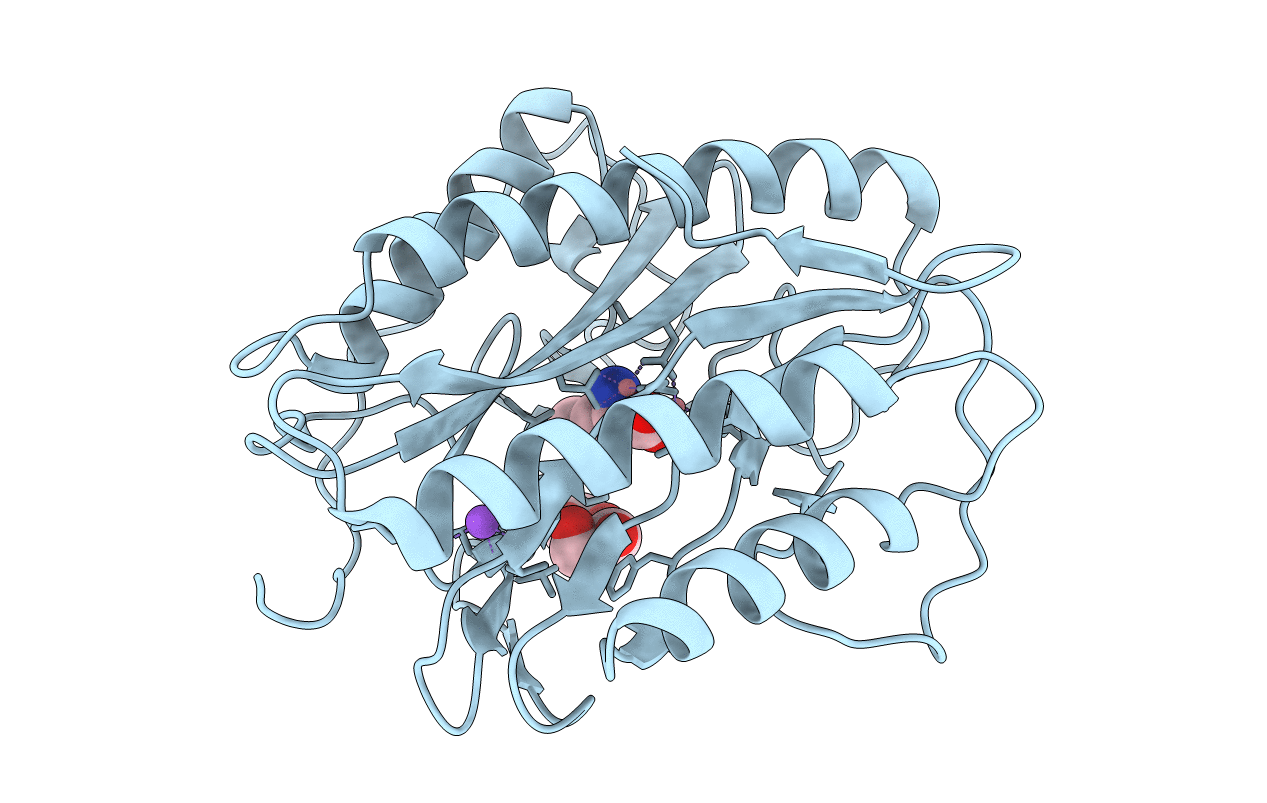
Deposition Date
2017-11-01
Release Date
2018-11-07
Last Version Date
2023-11-22
Entry Detail
PDB ID:
5YPD
Keywords:
Title:
Mycobacterium Tuberculosis Methionine aminopeptidase type 1c (C105N mutant) in complex with Methionine
Biological Source:
Source Organism:
Host Organism:
Method Details:
Experimental Method:
Resolution:
1.62 Å
R-Value Free:
0.18
R-Value Work:
0.14
R-Value Observed:
0.14
Space Group:
P 1 21 1


